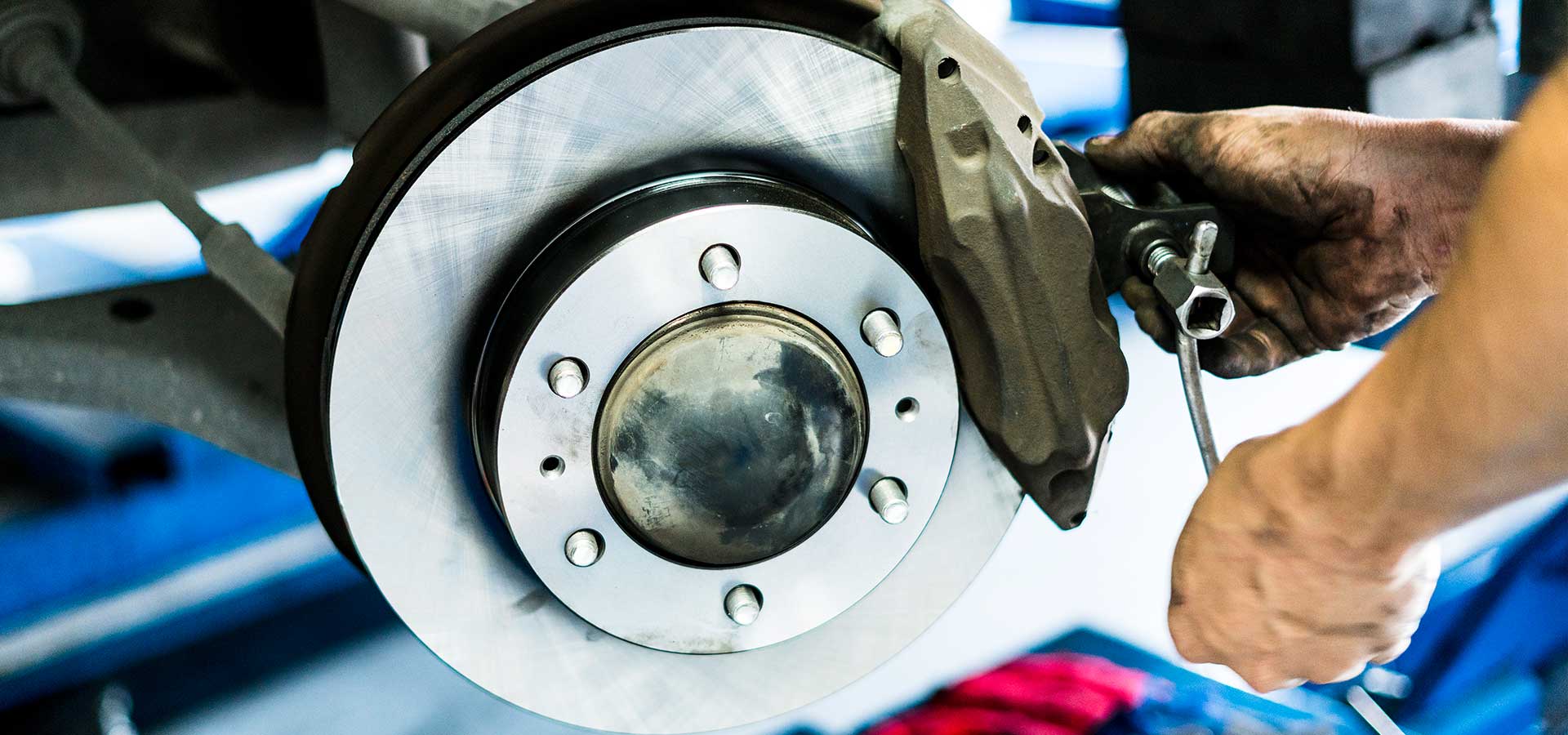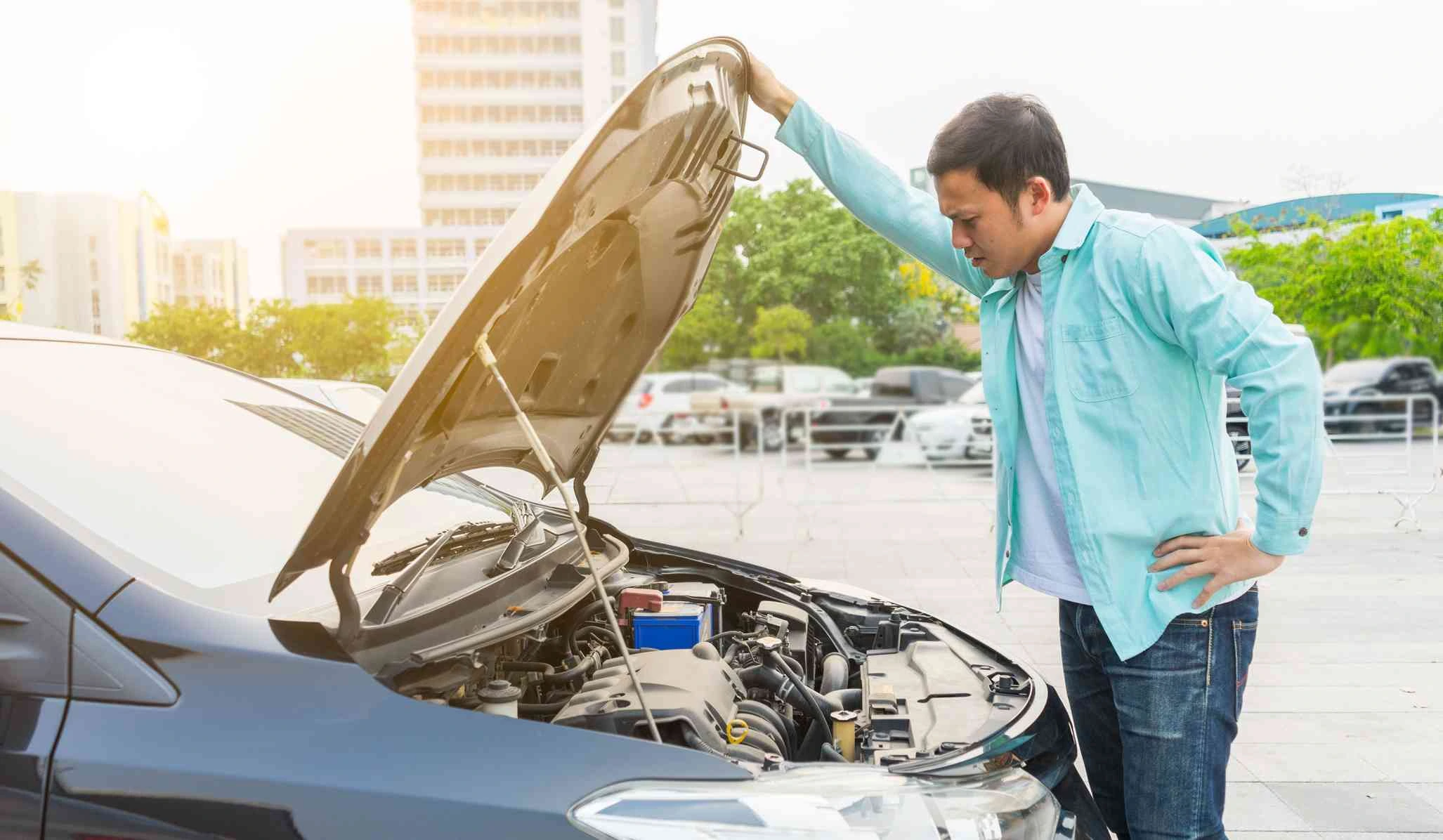In the handbook that came with your vehicle, there should be a suggested plan for the maintenance of your brakes. However, a good rule of thumb is to check your brake pads every 12,000 miles and replenish your brake fluid every 25,000 miles. These figures are dependent on the car you drive and the way you drive.In addition to being able to decide which brakes are appropriate for your vehicle, a reputable auto parts shop will also be able to carry out any other more difficult maintenance and repairs that may be required.
Here are five keys to brake maintenance that will help you stay safe on the roads:
1 Check Brake Pads and Rotors
The brake pads and rotors are the point of contact between your braking system and your tires. These elements deteriorate more easily than other components and require more frequent maintenance. Friction between the tires and the brake pads cause heat, and this heat wears down the brake pad. It is important to inspect the quality and depth of the pads to make sure there is sufficient resistance.
If you notice you need to depress your brake pedal further or smell a burning odor, or the distance it takes to stop increases drastically, it may be time to check and replace your brake pads and rotors. To check your brake pads and rotors at home, you need only remove the tire to assess the wear. If you notice wear or damage, replace them immediately, or take them to an auto shop for a disc brake repair service.

2 Flush Your Brake Fluid
When you depress your brake pedal, pressure builds and is transferred through the brake fluid from the master cylinder, through the brake lines, and into the calipers, which transfer this pressure to the brake pads and rotors. Brake fluid is, therefore, extremely important because it is the messenger between you and your car’s braking system.
Unfortunately, brake fluid attracts moisture, which can be highly damaging to your braking system. Moisture in the brake fluid causes corrosion of the metal components of the brakes and reduces the boiling point of the fluid and affects the effectiveness of the brakes.
Brake fluid should be checked and changed every 25,000 miles. A cloudy or milky quality indicates the fluid must be changed.
3 Bleed the Brake Lines
In addition to flushing the brake lines to change the brake fluid, it is also a good idea to bleed the brake line to remove excess air. When small amounts of air become trapped inside the brake line, it can reduce the efficacy of the braking system.
Bleeding the system removes the air from the brake line by depressing the brake pedal while adjusting the bleeder valve, and this should be done every 2– 3 years. This can be completed during a scheduled brake inspection service.
4 Replace or Upgrade Brake Parts
Sometimes it may be necessary to replace some elements in your braking system, and this can be a good opportunity to upgrade to higher performance or specialized components. Parts such as slotted disc brakes which are more heat resistant or switching to ceramic pads, which are quieter and produce less brake dust, are popular upgrades.
Upgrading and replacing brake parts when necessary will improve the longevity and performance of your vehicle’s braking system.
5 Braking System Care
One of the most effective ways to ensure the performance of your brakes is to look after them. There are many external factors that contribute to brake deterioration, such as:
- Carrying too much weight
- Unnecessary, late, or heavy braking
- Wet weather
Your brakes will continue to work better for a longer period of time if you avoid these and other scenarios that might impair your braking performance whenever it is feasible to do so. This will also lessen the risk of occurrences that are connected to brake failure.
Final Thoughts
Your brakes are your safety on the road, and ensuring your brakes are in perfect working order is essential to protect yourself and your passengers, as well as those around you. Maintain all braking components and avoiding hazardous driving practices will guarantee your brakes function efficiently.
.png)










